What is the tolerance range of precision screws?
What is the tolerance range of precision screws?
Service Hotline
+86760-8787 8587We have more than ten years of production experience in the screw industry, the main products are: half-tooth hex head screw, titanium hex head screw, GB860 saddle elastic washer, 39C grade square nut, expansion hook wall bolt, large supply of nuts, ring nuts , sealing washers, black butterfly washers, slotted hexagon nuts, hexagon self-tapping bolts, ANSIB18.21.1, high-head knurled bolts, threaded bolts, terminal posts and other fasteners, due to different product materials and specifications , the price is also different, please contact us if necessary.


The inner tooth elastic washer and the outer tooth elastic washer have many sharp elastic warping teeth on the circumference, which are pressed against the supporting surface and can prevent the loosening of the fastener. The inner tooth elastic washer is used under the screw head with smaller head size; the outer tooth elastic washer is mostly used under the bolt head and the nut. The elastic washer with teeth is smaller than the ordinary spring washer, and the fastener is evenly stressed and reliable to prevent loosening, but it is not suitable for frequent disassembly. Wave spring washer GB: GB/T 7246-1987 Wave washer is divided into WG type, WL type, WN type WG type wave washer WG type wave washer is an open elastic washer, which can usually be installed in a small space, such as giving The bearing is prestressed to reduce the noise of the bearing operation and improve the running accuracy and stability of the bearing. In addition, there are a large number of applied materials in electronic appliances, such as carbon steel, stainless steel, copper alloy and so on. WL-type wave washer WL-type wave washer is a lap-type elastic washer, which can usually be installed in a small space, such as prestressing the bearing, reducing the noise of the bearing operation, and improving the running accuracy and stability of the bearing. There are also a large number of applications in electronic appliances. Materials are carbon steel, stainless steel, copper alloy, etc. WN type wave washer WN type wave washer is a multi-layer wave crest overlapping elastic washer. Compared with the WL type, this series is composed of multi-layer materials, so the K value curve under the same compression stroke is flatter than that of the WL type, which is suitable for elastic force. Larger, and the elastic release of the entire working stroke is required to be more uniform. The materials used are carbon steel, stainless steel, copper alloy, etc. Disc spring washer Disc spring washer, also known as Belleville spring washer, was invented by the French Belleville. DIN6796 Disc Spring Washers (HDS Series) are lock washers designed for bolted and screwed connections. It is designed and manufactured according to DIN 6796 for the connection of medium or high strength bolts and screws. High bearing loads and elastic recovery make the HDS series very effective, and the bolt tension can withstand slack due to: wear of consumables, creep, relaxation, thermal expansion, contraction, or compression of seals. The HDS series increases the elasticity of the screw several times. It can effectively replace the ordinary spring washer, but it is not suitable for the combination of lock washer and flat washer. Since the HDS series is a disc spring that can be folded or overlapped. The combination of the butt joint can increase the deformation of the disc spring group, and the combination of the overlapping method can increase the spring force of the disc spring group. The ideal installation method is to flatten as much as possible. The closer it is to the flattened state, the faster the tension torque increases, and the proper bolt tension can be obtained without a torque wrench.
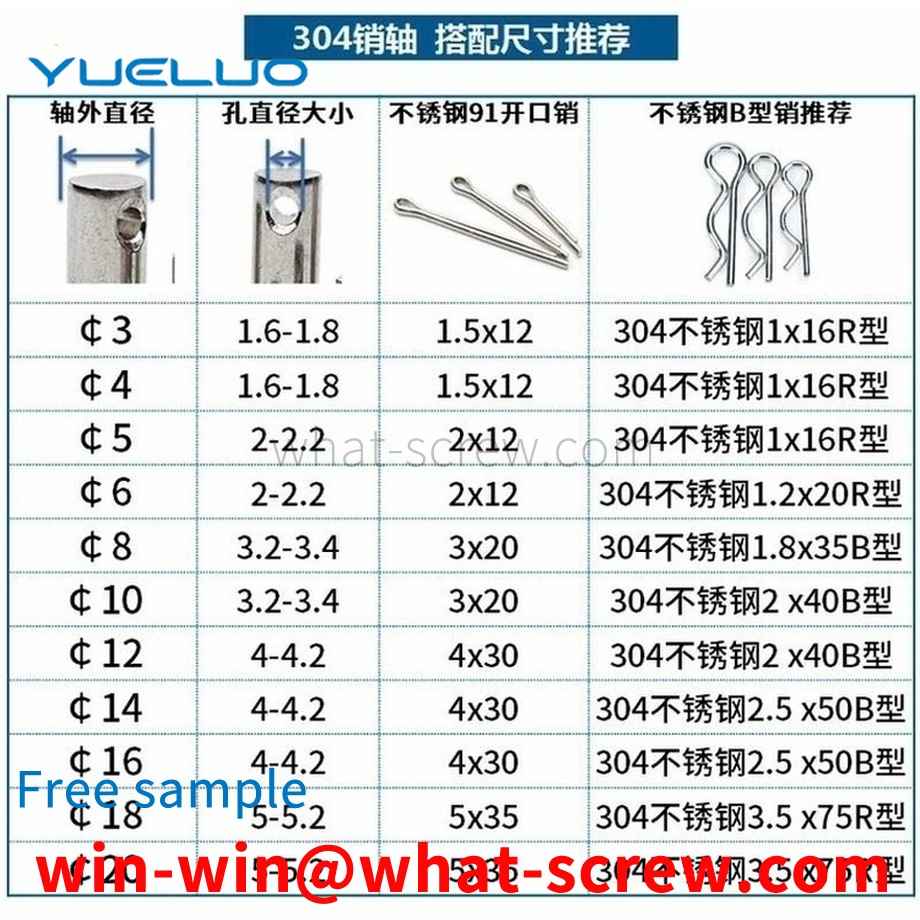
In order to meet the requirements of anti-loosening bolts of parts with small surface hardness such as plastic parts, Yueluo provides a spring washer and the installation structure of the spring washer, which can effectively reduce the damage of the spring washer to the surface of the parts. And meet the anti-loosening effect of the spring washer. The technical solution provided by Yueluo is a spring washer, which includes a washer body with at least two raised claws on the washer body
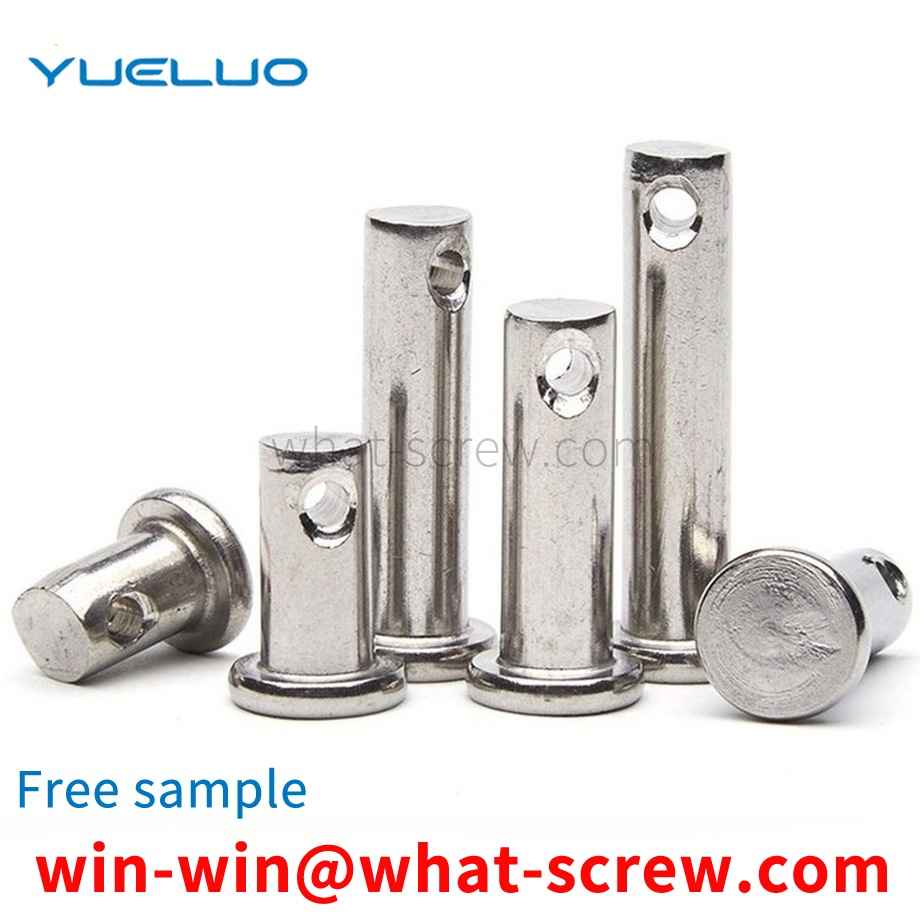
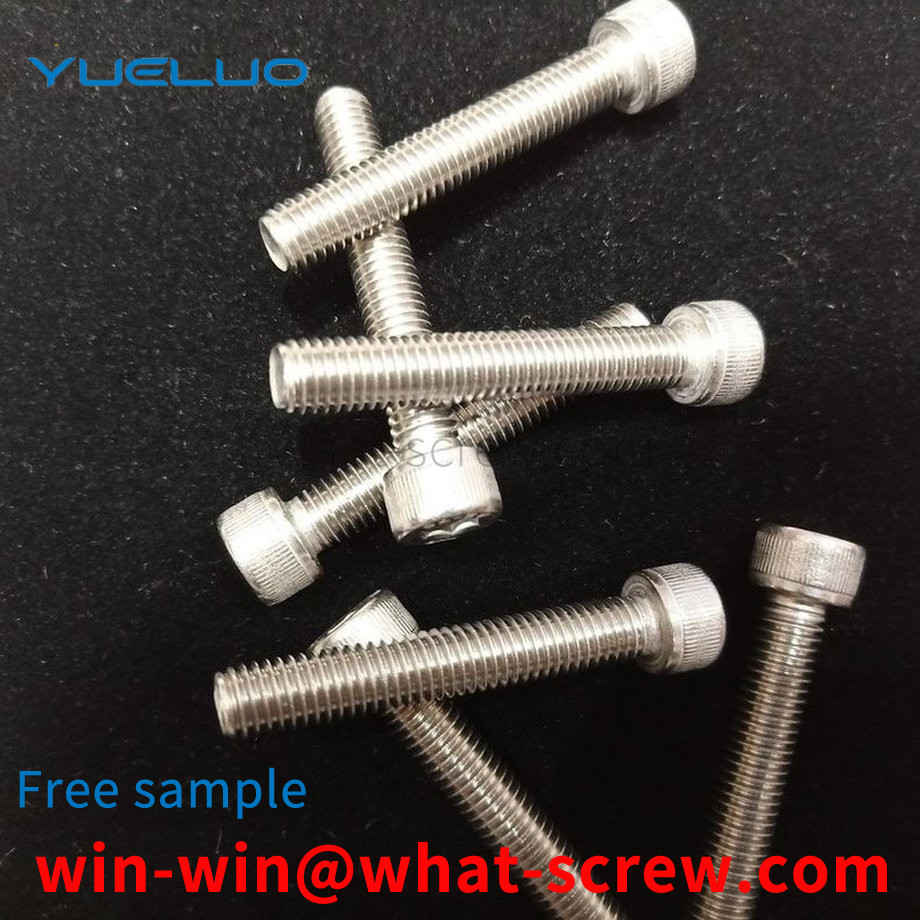
Countersunk head screws are mostly used after installation, and the surface of the parts cannot be raised, and the parts to be fastened have two thicknesses. Thickness, after the screw is tightened, there is still a part of the screw thread that does not enter the threaded hole. In this case, the countersunk head screw can definitely be tightened. There is usually a situation where the thickness of the fastened part is less than the height of the head of the countersunk head screw, which is commonly seen in sheet metal parts in mechanical equipment, such as the connection between the hinge of the chassis and the door and the box; the sheet metal of the equipment The connection of the cover to the equipment, etc. Due to the small thickness of the part, the tightened sheet metal part, the screw through hole completely becomes a conical hole, in this case, when the countersunk head screw is tightened, the screw head is not a tapered surface to press the sheet metal part , but the bottom of the screw head and the top of the threaded hole are squeezed. Although it feels that the screw is tightened, the sheet metal part is stuck instead of being pressed. In this case, although it feels that the screw is tightened, the sheet metal The gold pieces were indeed not tightened. This is a very common situation. Let’s talk about the reasons for the processing: the head cone of the countersunk screw has a 90° conical angle, and the apex angle of the newly bought drill is usually 118°-120°. Some workers who lack training do not know this angle is poor. It is often used to ream the hole with a 120° drill bit, which results in that when the countersunk head screw is tightened, it is not the conical surface of the head, but a line at the bottom of the screw head, which is one of the reasons why the so-called countersunk head screw cannot be tightened. , it's not the screw's fault.
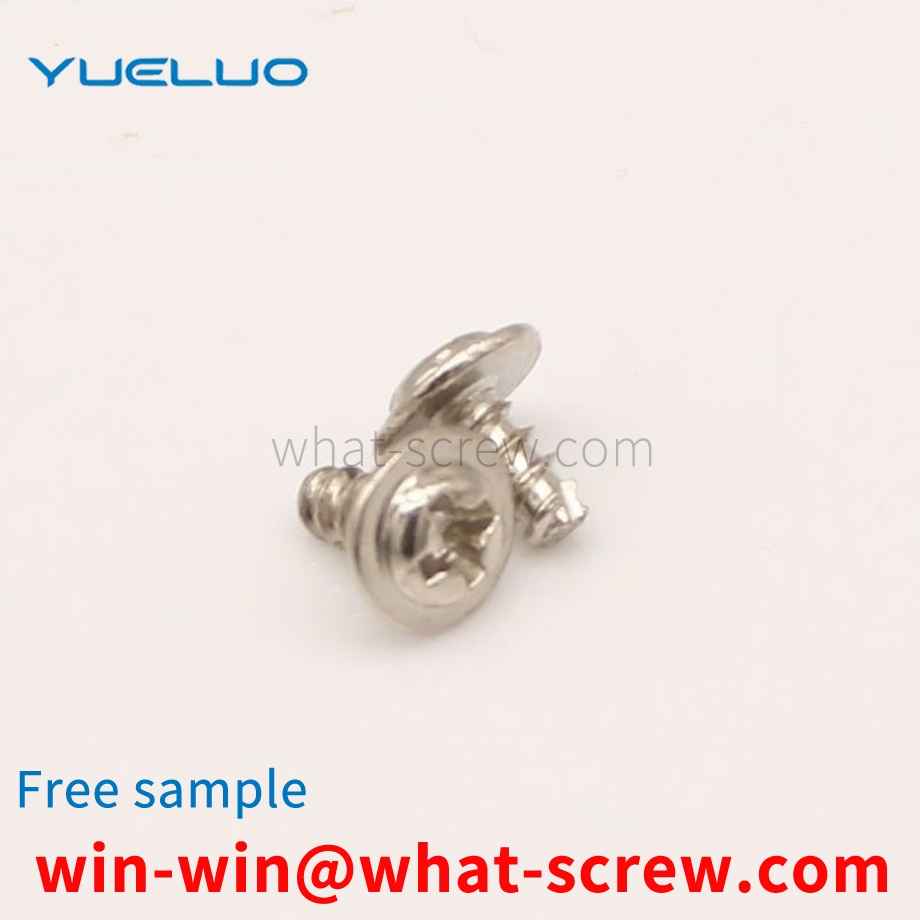
Most of the capacitors on the market have two pins, which are the connection terminals of the positive and negative electrodes of the capacitor. At present, there is a big hidden danger in these capacitors, that is, the connection between the pins and the core inside the capacitor is basically a stick-on connection. When the capacitor is working, the internal temperature rises rapidly, and the stick-type connection is unstable after being heated, and it is easy to detach Or loose.
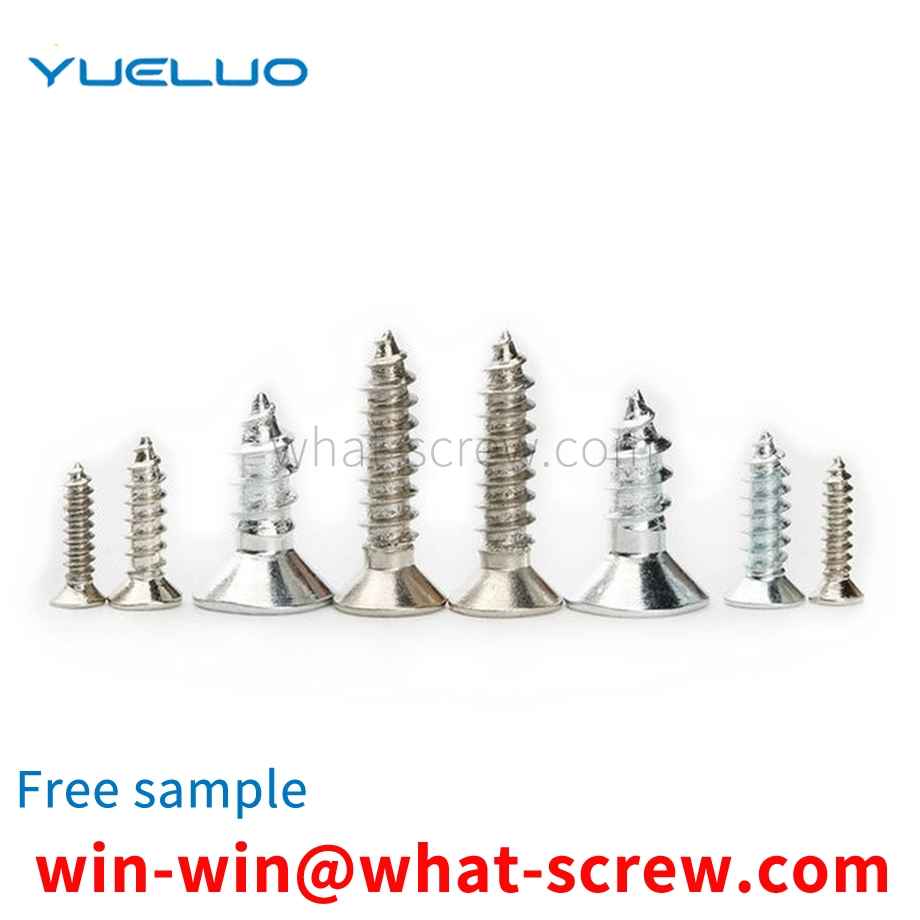
The above content is uploaded by Yueluo or the Internet. If there is any copyright issue, please contact [email protected].

What is the tolerance range of precision screws?

How to choose the right stainless steel screw manufacturer?

Why is there an R angle under the head of the hexagon head s...

We have more than ten years of experience in screw industry ...
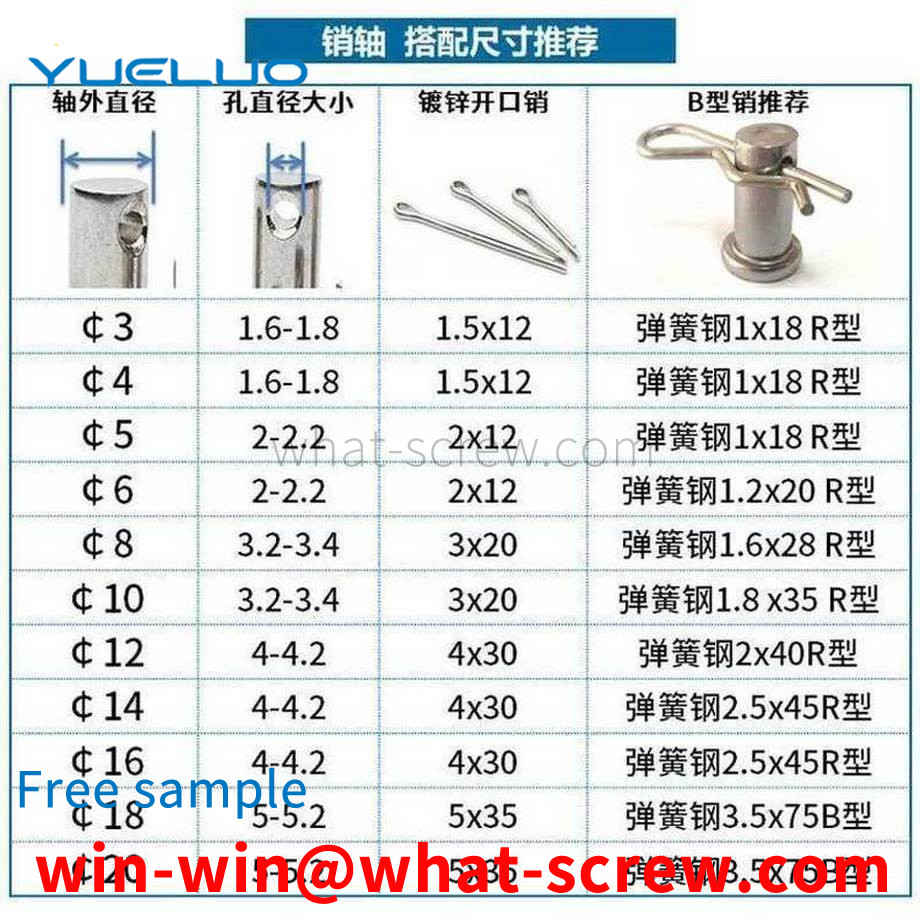
We have more than ten years of production experience in the ...

We have more than ten years of experience in screw industry ...
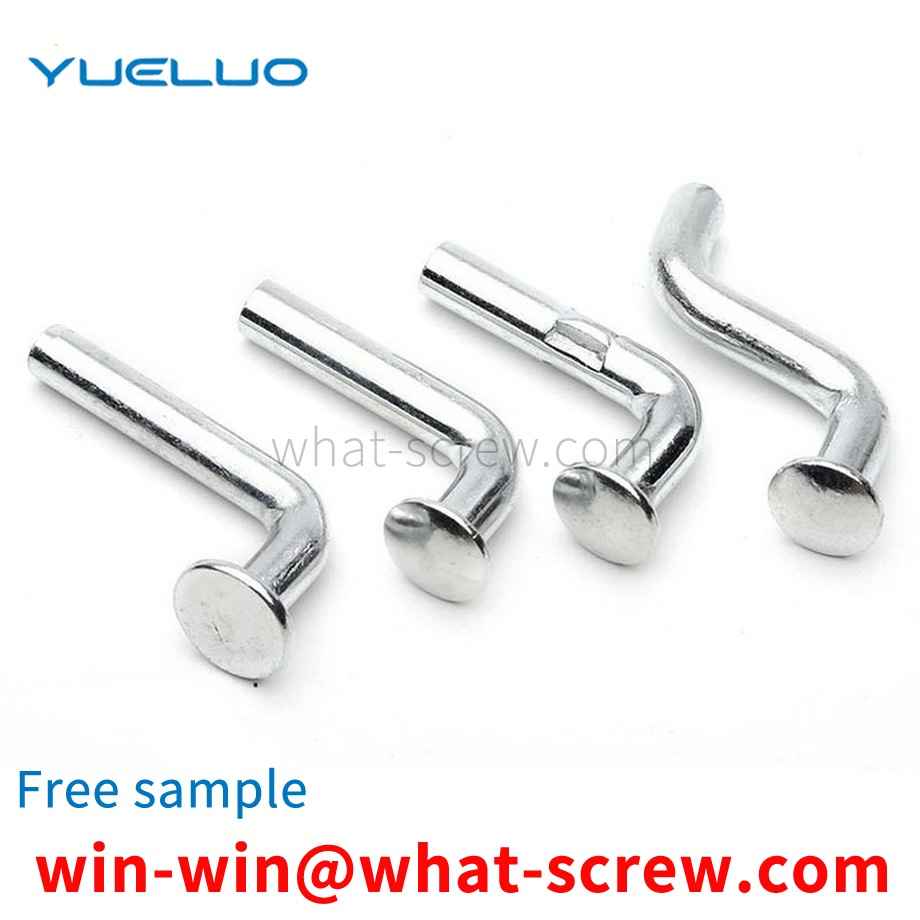
We have more than ten years of production experience in the ...